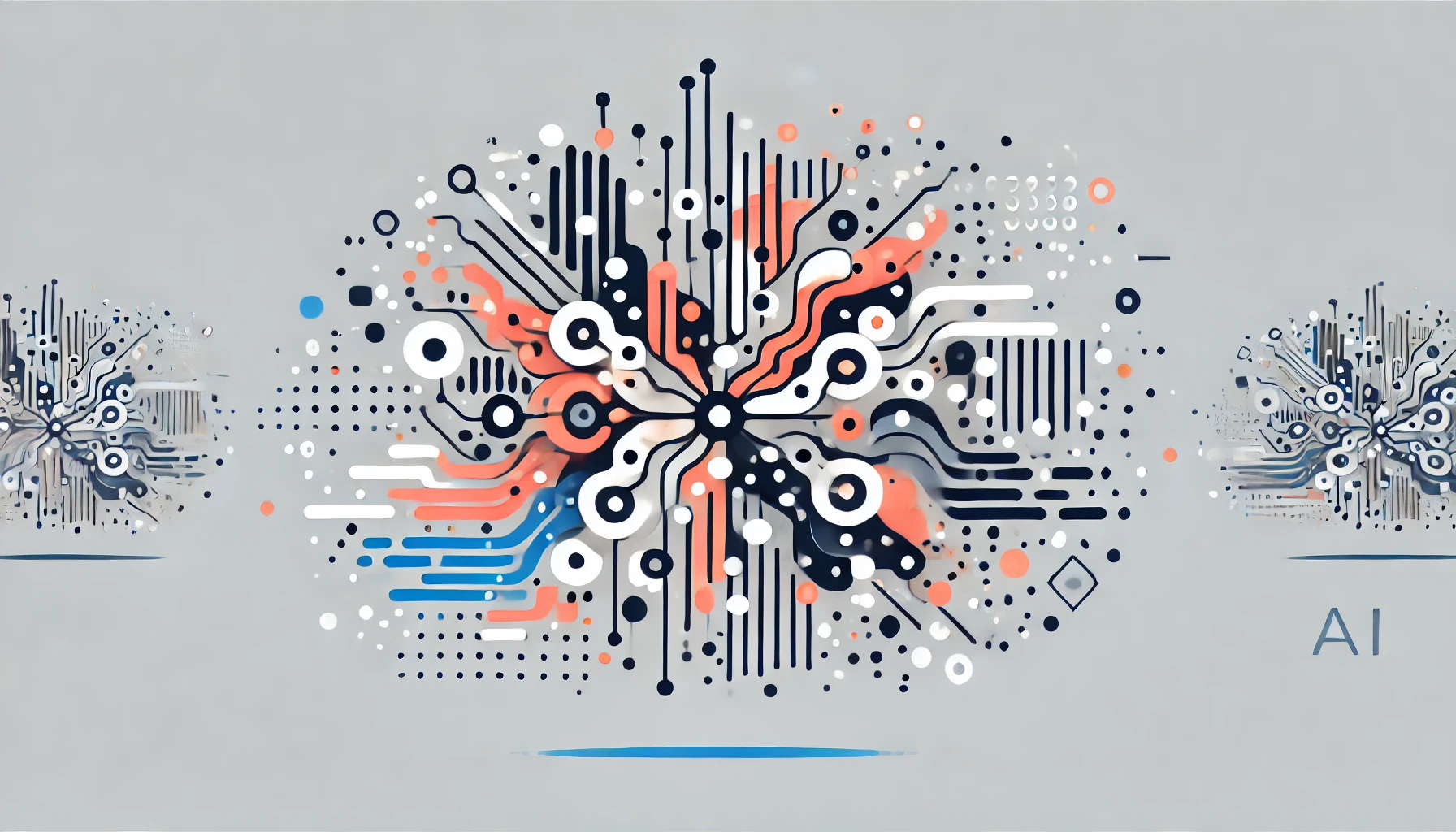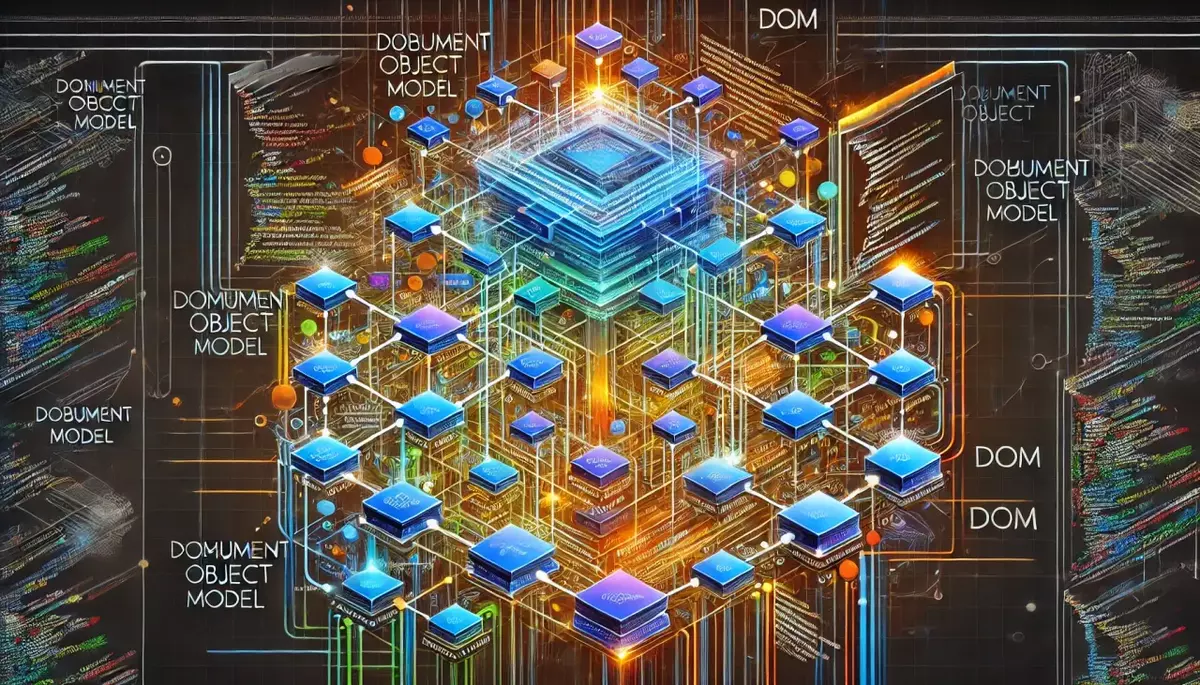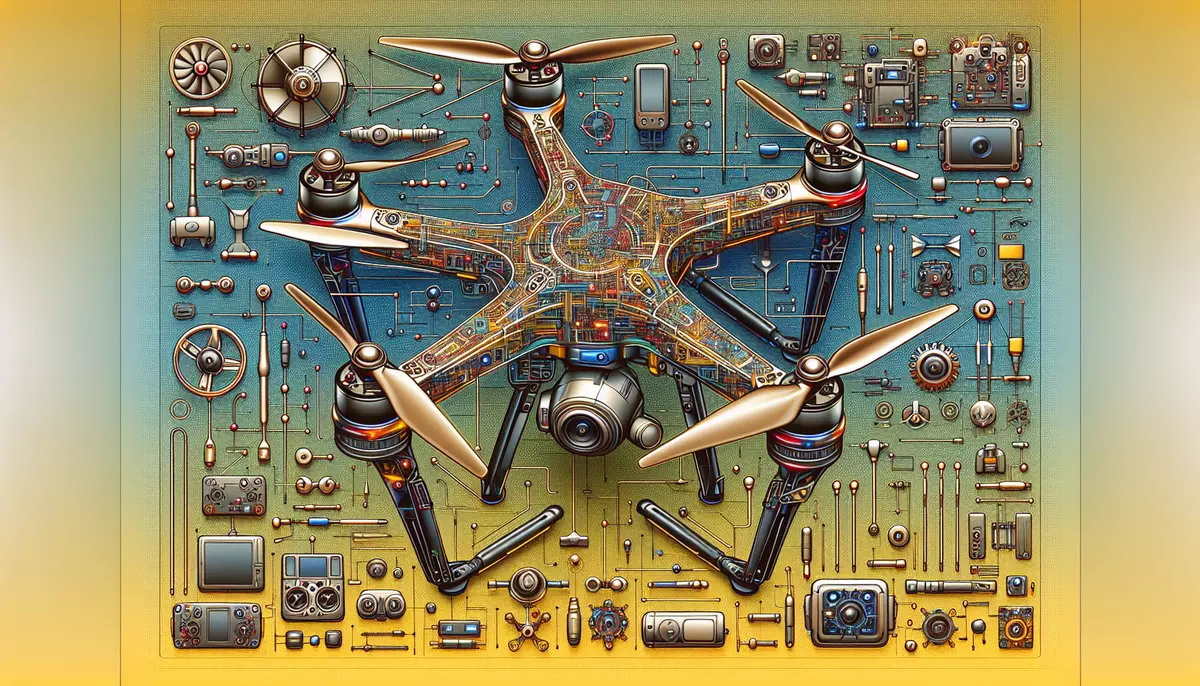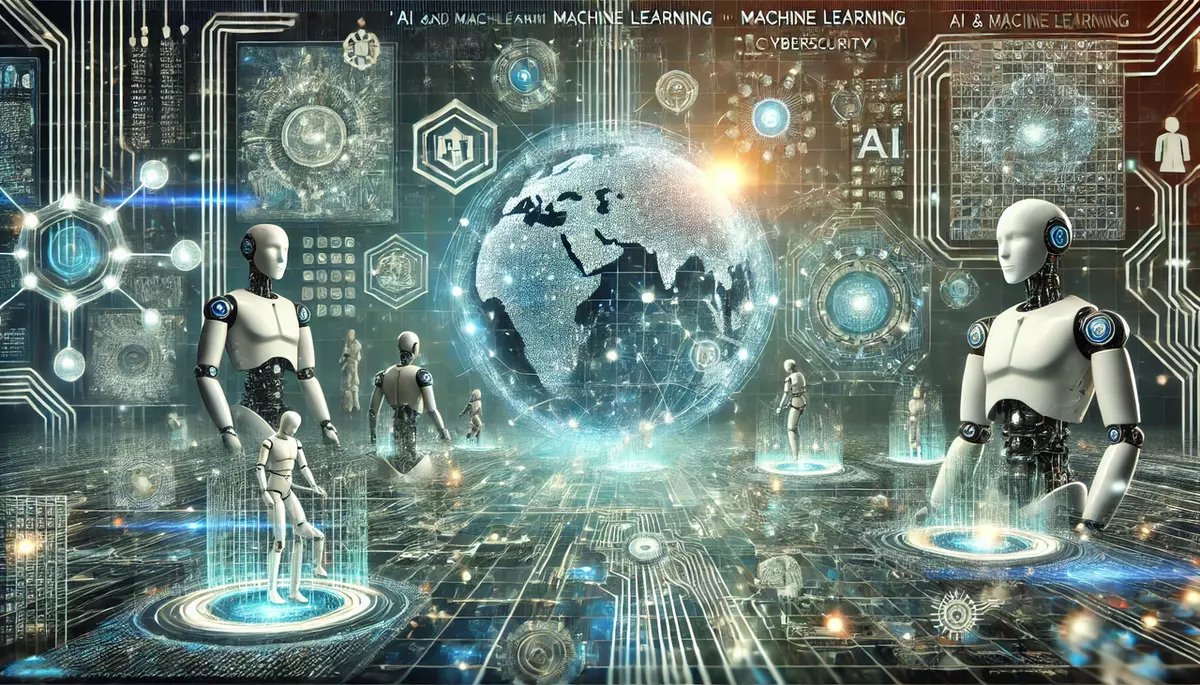Introduction
Predictive maintenance is a proactive approach to equipment maintenance that aims to predict when failures or breakdowns are likely to occur, allowing for timely interventions and preventive actions. The integration of artificial intelligence (AI) into predictive maintenance has revolutionized this field, enabling more accurate predictions, optimized maintenance schedules, and improved overall equipment reliability.
What is AI-Powered Predictive Maintenance?
AI-powered predictive maintenance leverages advanced algorithms and machine learning techniques to analyze data from various sources, including sensor data, maintenance records, and operational logs, to predict when equipment is likely to fail or require maintenance. By identifying patterns and anomalies in the data, AI models can provide early warnings of potential issues, allowing maintenance teams to take proactive measures to prevent unplanned downtime and optimize equipment performance.
Key Components of AI-Powered Predictive Maintenance:
- Data Collection: Gathering and integrating data from various sources, including sensors, maintenance logs, and operational data.
- Data Analysis: Applying machine learning algorithms and deep learning models to analyze the collected data and identify patterns and anomalies.
- Predictive Modeling: Developing predictive models that can forecast equipment failures and maintenance needs based on the analyzed data.
- Automated Maintenance Scheduling: Optimizing maintenance schedules and workflows based on the predictions, ensuring timely interventions and minimizing unplanned downtime.
Benefits of AI-Powered Predictive Maintenance
The integration of AI into predictive maintenance offers numerous benefits, including:
Improved Reliability and Availability
By predicting equipment failures and scheduling maintenance proactively, AI-powered predictive maintenance helps reduce unplanned downtime, increase equipment availability, and improve overall system reliability.
Cost Savings
Predictive maintenance can lead to significant cost savings by reducing the need for unnecessary maintenance, extending the lifespan of equipment, and minimizing the impact of equipment failures on production and operations.
Enhanced Safety
Predictive maintenance can help identify potential safety hazards and address them before they result in accidents or injuries, improving the overall safety of the work environment.
Improved Efficiency and Productivity
By optimizing maintenance schedules and reducing unplanned downtime, AI-powered predictive maintenance can enhance operational efficiency and increase overall productivity.
Applications of AI-Powered Predictive Maintenance
AI-powered predictive maintenance has a wide range of applications across various industries, including:
Manufacturing
Predictive maintenance helps manufacturers optimize equipment performance, reduce downtime, and improve product quality.
Energy and Utilities
AI-powered predictive maintenance is used to monitor and maintain critical infrastructure, such as power grids, wind turbines, and pipelines, ensuring reliable and efficient operations.
Transportation
Predictive maintenance is applied to vehicles, aircraft, and rail systems to improve safety, reduce maintenance costs, and extend the lifespan of assets.
Healthcare
AI-powered predictive maintenance is used to monitor and maintain medical equipment, ensuring reliable performance and patient safety.
Challenges and Considerations
While AI-powered predictive maintenance offers significant benefits, there are also challenges and considerations to address, including:
Data Quality and Availability
Accurate predictive models rely on high-quality data, which can be a challenge to obtain, especially in legacy systems or environments with limited sensor infrastructure.
Model Complexity and Interpretability
Advanced AI models can be complex and difficult to interpret, which can hinder the trust and adoption of the technology by maintenance teams.
Integration and Scalability
Integrating AI-powered predictive maintenance solutions with existing maintenance systems and scaling them across large, complex organizations can be a significant challenge.
Cybersecurity Risks
As AI-powered predictive maintenance systems become more interconnected, they may be vulnerable to cyber threats, which must be addressed to ensure the security and reliability of the system.
Future Trends and Advancements
The field of AI-powered predictive maintenance is rapidly evolving, and we can expect to see several advancements in the coming years, including:
Increased Sensor Integration
The proliferation of IoT (Internet of Things) devices and sensors will enable more comprehensive data collection, leading to more accurate predictive models.
Explainable AI
Advancements in explainable AI (XAI) will help make the decision-making process of predictive models more transparent and understandable, fostering greater trust and adoption.
Edge Computing and Real-Time Predictions
The integration of edge computing and AI will enable real-time predictive maintenance, allowing for immediate interventions and reduced downtime.
Predictive Maintenance as a Service
The emergence of cloud-based predictive maintenance solutions will make the technology more accessible and scalable for organizations of all sizes.
Conclusion
AI-powered predictive maintenance is a transformative technology that is revolutionizing the way organizations approach equipment maintenance. By leveraging advanced data analysis and machine learning techniques, predictive maintenance solutions can help improve reliability, reduce costs, enhance safety, and increase productivity. As the field continues to evolve, we can expect to see even more innovative applications and advancements that will further solidify the role of AI in the future of maintenance and asset management.
This knowledge base article is provided by Fabled Sky Research, a company dedicated to exploring and disseminating information on cutting-edge technologies. For more information, please visit our website at https://fabledsky.com/.
References
- Lee, J., Ni, J., Djurdjanovic, D., Qiu, H., & Liao, H. (2006). Intelligent prognostics tools and e-maintenance. Computers in industry, 57(6), 476-489.
- Mobley, R. K. (2002). An introduction to predictive maintenance. Elsevier.
- Atamuradov, V., Medjaher, K., Dersin, P., Lamoureux, B., & Zerhouni, N. (2017). Prognostics and health management for maintenance practitioners-Review, implementation and tools. International Journal of Prognostics and Health Management, 8(060), 1-31.
- Jardine, A. K., Lin, D., & Banjevic, D. (2006). A review on machinery diagnostics and prognostics implementing condition-based maintenance. Mechanical systems and signal processing, 20(7), 1483-1510.
- Heng, A., Zhang, S., Tan, A. C., & Mathew, J. (2009). Rotating machinery prognostics: State of the art, challenges and opportunities. Mechanical systems and signal processing, 23(3), 724-739.


























